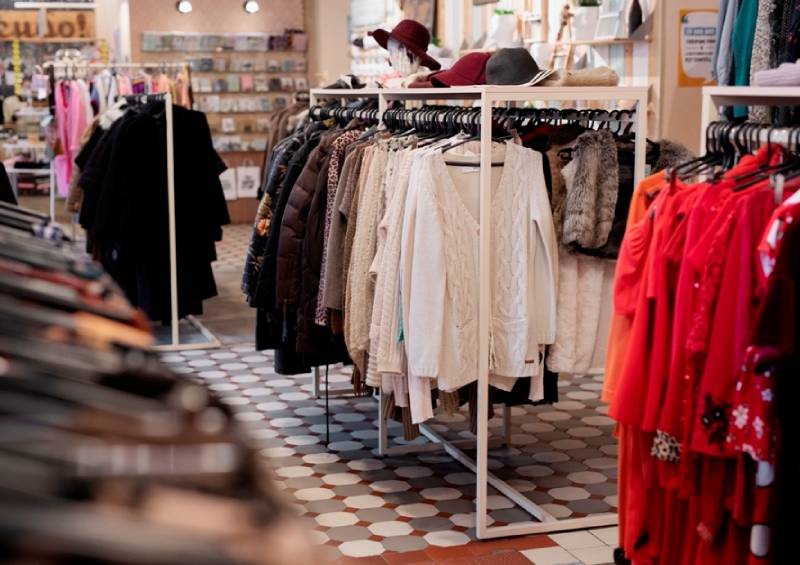Tier 2 Cities Becoming Growth Drivers For Retail Industry

Indian Tier 2 cities are becoming known as key players in the country’s retail sector, with Lucknow mainly standing out with an unassailable 18.4 percent share of gross leasable area.
“Growth of Tier 2 cities as retail hubs is fueled by economic growth, employment opportunities and rising disposable incomes,” a report by Knight Frank India, a property consultancy firm informed.
“Due to this, these Tier 2 cities are becoming crucial growth drivers for the real estate sector, attracting investments and development projects,” the consultancy firm said.
Apart from Lucknow, other Tier 2 cities that significantly contributed to the shopping centre stock were Indore, Jaipur Kochi and Kozhikode.
“India’s retail landscape is a fascinating amalgamation of factors, shaped by its vast population, strides in digital literacy, and economic expansion,” Shishir Baijal, CMD at Knight Frank India said.
“These elements converge to propel the growth of the retail sector, with particular emphasis on the evolution of retail spaces into multifaceted hubs of commerce and entertainment,” Baijal added.
The report also informs that development of shopping centers in Tier 2 cities has followed a different trajectory compared to Tier 1 markets.
So, while Tier 1 cities saw establishment of shopping centers as early as the 1990s, Tier 2 cities witnessed emergence only in the early 2000s, due to which Tier 2 cities have smaller shopping centers.
Despite this, there are signs of growth and progress. While 16 Tier 2 cities still have shopping centers sized below 0.1 million square meters, five Tier 2 cities have centers exceeding this threshold.
“This indicates a shift towards larger and more robust retail infrastructure in Tier 2 cities, reflecting the sector’s next phase of growth in India,” the report stated.
In recent years, the retail landscape in India has undergone significant transformations, marked by trends like influencer marketing, Generation Z-focused strategies and revenge shopping.
These trends have reshaped brick-and-mortar shopping experiences, creating unique and immersive environments for consumers.
Despite challenges posed by the pandemic, the retail sector is emerging stronger, with a diverse landscape and widespread geographic presence of brick-and-mortar stores across the country.















